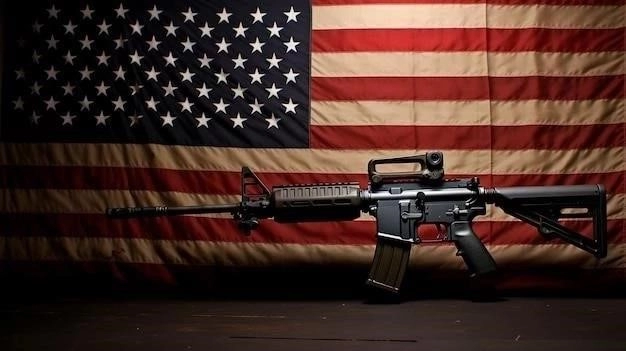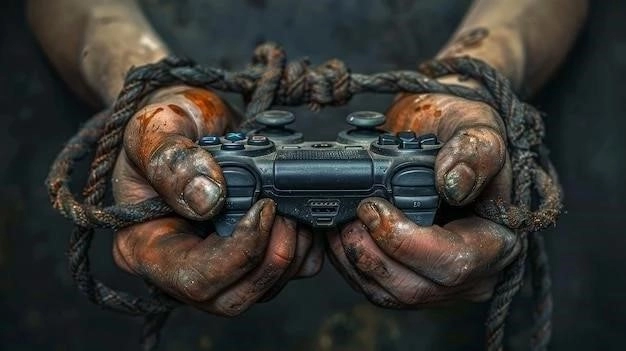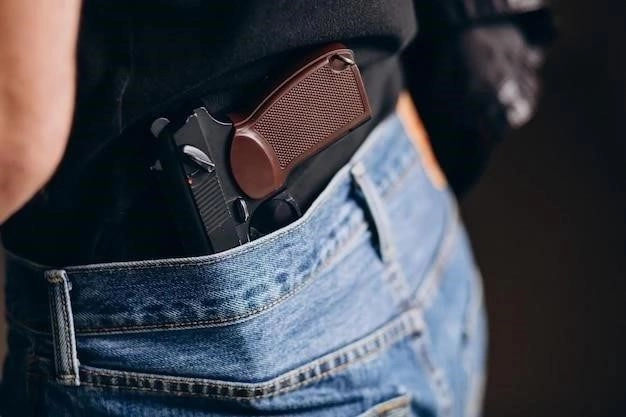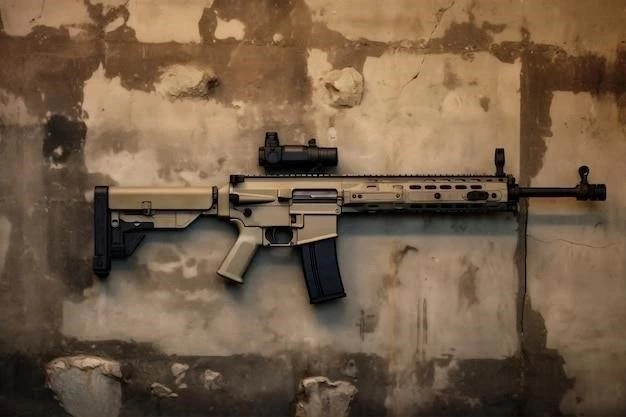The Scope of the Problem
Gun violence in America represents a public health crisis of staggering proportions. With over 40,000 gun-related deaths annually, the nation grapples with a uniquely high rate of firearm mortality compared to other developed countries. This epidemic affects all segments of society, extending beyond mass shootings to encompass suicides, homicides, domestic violence, and accidental shootings. The pervasive nature of gun violence necessitates a comprehensive understanding of its scope to effectively address its root causes and devastating consequences.

Causes and Contributing Factors
The complex issue of gun violence in America arises from a confluence of factors, defying simplistic explanations or easy solutions. A multitude of contributing elements intertwine to create a climate where gun violence persists, demanding a multifaceted approach to address this pressing societal concern.
Cultural Factors: The United States maintains a long and complicated relationship with firearms, deeply ingrained in its history and national identity. This cultural acceptance of guns, often linked to concepts of self-reliance and freedom, contributes to a permissive environment for gun ownership. Additionally, the normalization of violence within certain communities, often stemming from systemic inequities and a lack of opportunity, perpetuates a cycle of gun violence.
Socioeconomic Disparities: A stark reality of gun violence is its disproportionate impact on marginalized communities. Poverty, lack of economic opportunity, and systemic racism contribute to environments where violence becomes more likely. Addressing socioeconomic disparities and promoting social equity stand as crucial steps in mitigating the root causes of gun violence.
Mental Health: While mental health plays a role in some instances of gun violence, particularly suicides, it’s essential to avoid oversimplifying this complex issue. Stigma surrounding mental health often prevents individuals from seeking necessary treatment. Expanding access to mental health services and fostering greater understanding within communities remain vital.
Easy Access to Firearms: The sheer number of firearms in circulation within the United States, coupled with relatively lax gun control measures in some jurisdictions, undoubtedly contributes to the nation’s high rate of gun violence. The easy availability of firearms, including high-capacity magazines and assault-style weapons, increases the lethality of gun-related incidents.
Insufficient Law Enforcement and Community Relations: A lack of trust between law enforcement and communities, particularly in marginalized neighborhoods, can exacerbate gun violence. Building positive relationships based on mutual respect and understanding between law enforcement agencies and the communities they serve is essential for effective violence prevention.

The Impact on Individuals and Communities
The devastating ripple effects of gun violence extend far beyond immediate victims, leaving an indelible mark on individuals, families, and communities across America. The profound and enduring consequences of this public health crisis demand a comprehensive understanding of its impact on various levels.
Trauma and Loss: Gun violence inflicts immense trauma on survivors, families, and witnesses. The psychological scars of losing loved ones to gun violence, witnessing shootings, or experiencing gun-related injuries can have long-lasting and debilitating effects. These invisible wounds often manifest as post-traumatic stress disorder (PTSD), anxiety, depression, and substance abuse, hindering individuals and families from leading healthy and fulfilling lives.
Community Impact: Gun violence erodes the social fabric of communities, fostering fear, distrust, and a diminished sense of safety and well-being. When gun violence becomes pervasive, it can lead to social isolation, economic decline, and a reluctance to invest in community development. Children, in particular, suffer from the normalization of violence, impacting their development and future prospects.
Economic Costs: The economic burden of gun violence in the United States reaches staggering levels. The direct costs associated with medical treatment, law enforcement, and criminal justice responses place a significant strain on healthcare systems and government budgets. Indirect costs, such as lost productivity, decreased property values, and diminished tourism revenue, further compound the economic impact on individuals, businesses, and communities.
Public Health Implications: Gun violence represents a major public health crisis, demanding a comprehensive approach that addresses both immediate consequences and long-term solutions. Prioritizing prevention strategies, investing in mental health resources, and fostering safe and supportive communities are crucial steps in mitigating the devastating toll of gun violence on individuals, families, and the nation as a whole.

The Role of Mental Health
The relationship between mental health and gun violence is complex and multifaceted, demanding a nuanced understanding that avoids simplistic explanations or generalizations. While mental health plays a role in some instances of gun violence, it is crucial to approach this issue with sensitivity, avoiding the stigmatization of individuals with mental illness.
Suicide Prevention: A significant portion of gun-related deaths in the United States are suicides. Individuals experiencing mental health crises, such as severe depression or suicidal ideation, may be at increased risk of self-harm, particularly if they have access to firearms. Expanding access to mental health services, promoting suicide prevention programs, and implementing safe storage practices for firearms are essential steps in mitigating this risk.
Addressing Violence Risk Factors: While mental illness alone does not predict violence, certain mental health conditions, when combined with other risk factors such as substance abuse, history of violence, or access to firearms, may increase the likelihood of violent behavior. Early identification and intervention for individuals exhibiting these risk factors, along with comprehensive treatment plans, can play a crucial role in preventing gun violence.
Combating Stigma and Promoting Help-Seeking: The stigma surrounding mental illness often prevents individuals from seeking necessary treatment and support. Promoting open dialogues about mental health, challenging misconceptions, and fostering a culture of empathy and understanding can encourage help-seeking behaviors and reduce the isolation that often contributes to crises.
A Holistic Approach: Addressing the role of mental health in gun violence requires a multifaceted approach that extends beyond individual treatment. Investing in community-based mental health services, promoting social connectedness, addressing systemic inequalities, and fostering safe and supportive environments are crucial components of a comprehensive strategy.

The Debate over Gun Control
Gun control remains one of the most contentious and emotionally charged issues in American society, often dividing public opinion and fueling heated political debates. At the heart of this debate lies a fundamental disagreement about the balance between individual rights and public safety, with deeply held beliefs on both sides of the issue.
Advocates for Stricter Gun Control: Those advocating for stricter gun control measures argue that such measures are essential for reducing gun violence and saving lives. They point to the high rate of gun-related deaths in the United States compared to other developed countries as evidence that easy access to firearms contributes to this epidemic. Proposed measures often include universal background checks, bans on assault-style weapons and high-capacity magazines, and stricter regulations on gun ownership and storage.
Opponents of Gun Control: Opponents of stricter gun control argue that such measures infringe upon the Second Amendment right to bear arms, a cornerstone of American freedom in their view. They contend that responsible gun owners should not be penalized for the actions of criminals and that gun ownership serves as a deterrent to crime. Instead of restricting gun access, they often advocate for addressing mental health, enforcing existing laws, and promoting responsible gun ownership.
Finding Common Ground: The deeply entrenched nature of this debate makes finding common ground challenging. However, constructive dialogue, evidence-based policymaking, and a willingness to consider diverse perspectives are essential for progress. Exploring areas of potential compromise, such as enhanced background checks, red flag laws, and community-based violence prevention programs, may offer pathways toward reducing gun violence while respecting individual rights.
The Second Amendment and Its Interpretations
At the heart of the gun control debate lies the Second Amendment to the United States Constitution, which states: “A well regulated Militia, being necessary to the security of a free State, the right of the people to keep and bear Arms, shall not be infringed.” The interpretation of this amendment, specifically the scope of the right to bear arms and its limitations, has been a subject of intense legal and societal debate for centuries.
Individual Right vs. Collective Right: A central point of contention revolves around whether the Second Amendment protects an individual’s right to own guns for any purpose, or a collective right tied to the maintenance of a well-regulated militia. Proponents of an individual right argue that the amendment guarantees self-defense, both from individual threats and tyrannical government, while proponents of a collective right emphasize the amendment’s historical context in ensuring the readiness of citizen militias.
Historical Context and Modern Application: Interpreting the Second Amendment requires grappling with its historical context. Drafted in the aftermath of the American Revolution, the amendment reflects concerns about both centralized power and the need for an armed citizenry. Applying these principles to the present day, with its vastly different societal structures and technological advancements, poses significant challenges.
Judicial Interpretation: The Supreme Court has played a significant role in shaping the understanding of the Second Amendment through landmark cases such as District of Columbia v. Heller (2008) and McDonald v. City of Chicago (2010). These rulings affirmed an individual right to possess firearms for traditionally lawful purposes, including self-defense in the home. However, the court has also recognized that this right is not unlimited and subject to reasonable regulations.

Law Enforcement and Community Relations
The role of law enforcement in addressing gun violence is complex and multifaceted, inextricably linked to the critical importance of building trust and fostering positive relationships with the communities they serve. Effective gun violence prevention requires a collaborative approach, recognizing that law enforcement alone cannot solve this multifaceted societal challenge.
Building Trust and Legitimacy: Trust between law enforcement agencies and communities, particularly in historically marginalized neighborhoods disproportionately impacted by gun violence, is essential for effective crime prevention. When communities view law enforcement as legitimate and trustworthy, they are more likely to cooperate with investigations, report crimes, and engage in community policing initiatives.
Community-Oriented Policing: Shifting from a reactive to a proactive approach, community-oriented policing emphasizes building relationships, understanding community needs, and collaborating on solutions. This approach involves regular community engagement, problem-solving partnerships, and a focus on addressing the underlying conditions that contribute to crime, including poverty, lack of opportunity, and social disorganization.
Addressing Bias and Promoting Accountability: Addressing implicit bias within law enforcement agencies and ensuring accountability for misconduct are crucial for building trust and legitimacy. Implementing bias training programs, promoting diversity within police forces, and establishing robust mechanisms for civilian oversight can help foster greater transparency, accountability, and community confidence in law enforcement.

Public Health Approaches to Gun Violence Prevention
Recognizing gun violence as a complex public health crisis necessitates a comprehensive approach that extends beyond law enforcement and criminal justice responses. Public health strategies, rooted in prevention, intervention, and community engagement, offer valuable frameworks for addressing the root causes of gun violence and mitigating its devastating consequences.
Data-Driven Interventions: Effective public health interventions rely on rigorous data collection and analysis to identify trends, risk factors, and effective prevention strategies. By understanding the epidemiological patterns of gun violence, researchers and policymakers can develop targeted interventions tailored to specific communities and populations.
Community-Based Programs: Engaging communities most impacted by gun violence is essential for developing sustainable solutions. Community-based programs, often implemented by grassroots organizations, may focus on youth violence prevention, conflict resolution, mental health support, or promoting safe environments.
Addressing Social Determinants of Health: Public health experts recognize that gun violence often stems from underlying social and economic inequities, such as poverty, lack of opportunity, and systemic racism. Addressing these social determinants of health through investments in education, affordable housing, job training, and community development is crucial for creating healthier and safer communities.

International Comparisons and Lessons Learned
Examining gun violence rates and policies in other developed nations offers valuable insights and potential lessons for the United States. While acknowledging unique cultural and historical contexts, comparative analysis reveals stark differences in gun violence levels and highlights alternative approaches to firearm regulation and violence prevention.
Lower Rates of Gun Violence: Developed nations with stricter gun control measures generally experience significantly lower rates of gun violence compared to the United States. These countries often have comprehensive licensing requirements, background checks, restrictions on certain types of firearms, and safe storage regulations.
Public Health-Oriented Approaches: Many countries approach gun violence as a public health crisis, prioritizing prevention strategies and multi-sectoral collaborations. This approach often involves investing in mental health services, addressing social determinants of health, and promoting community-based violence prevention programs.
Cultural Factors and Gun Ownership: Cultural attitudes toward guns and gun ownership vary widely across nations. While some countries have deep-rooted hunting traditions or view gun ownership as a right, others have adopted more restrictive approaches based on public safety concerns. Understanding these cultural nuances is essential when considering policy solutions.










